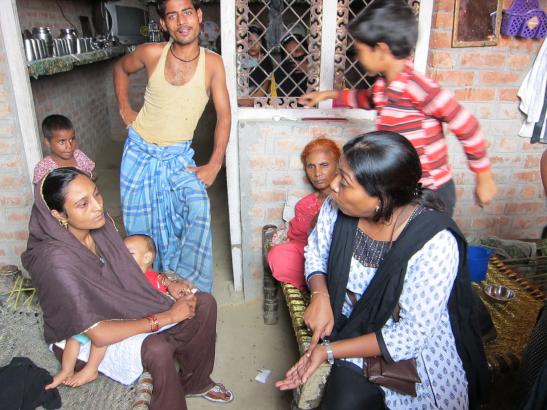
The shadows lengthen in a guesthouse cafeteria on the sprawling campus of Christian Medical College, Vellore, in India. Wrapped up as he is in an issue that has possessed him for years, T. Jacob John notices neither the dying light nor the gathering mosquitoes. He is talking about the oral polio vaccine.
A slight man who speaks and moves with a speed that belies his 76 years, John is one of India's leading polio experts. Trained as a pediatrician, virologist and microbiologist, he is also a longtime critic of the continued reliance on the oral polio vaccine—OPV in polio speak—used by the nearly 25-year-old international campaign to rid the planet of the paralyzing and sometimes fatal disease. The vaccine is at once an excellent and an imperfect tool. Inexpensive and easy to administer (each dose consists of a few drops of serum on the tongue), it has brought the world to the point where polio eradication is visible on the horizon. Indeed, the World Health Organization announced this past January that there have been no cases of naturally occurring polio in India for a year. But if the distribution of the vaccine is not choreographed with exquisite care, its continued use—at least as it is currently formulated—could actually keep the world from eliminating polio.
Continue reading this article at the Scientific American.




